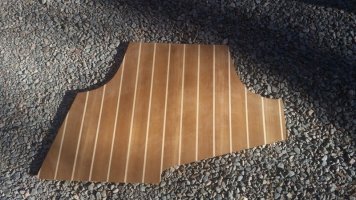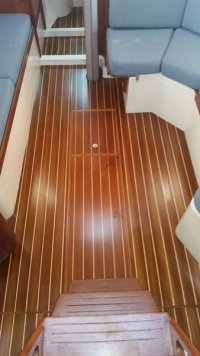oldfauser
Member III
My owner is planning on having the cabin sole replaced this spring. He is wondering about how many square feet the sole is.
Maybe if someone knows how many square feet an Ericson 35-3 is, that would help. The 32-3 will be slightly smaller. My owner is looking for an estimate of the size.
any guesses?
Thanks
Maybe if someone knows how many square feet an Ericson 35-3 is, that would help. The 32-3 will be slightly smaller. My owner is looking for an estimate of the size.
any guesses?
Thanks
Last edited:




 Interesting and informative discussion about floors.
Interesting and informative discussion about floors.